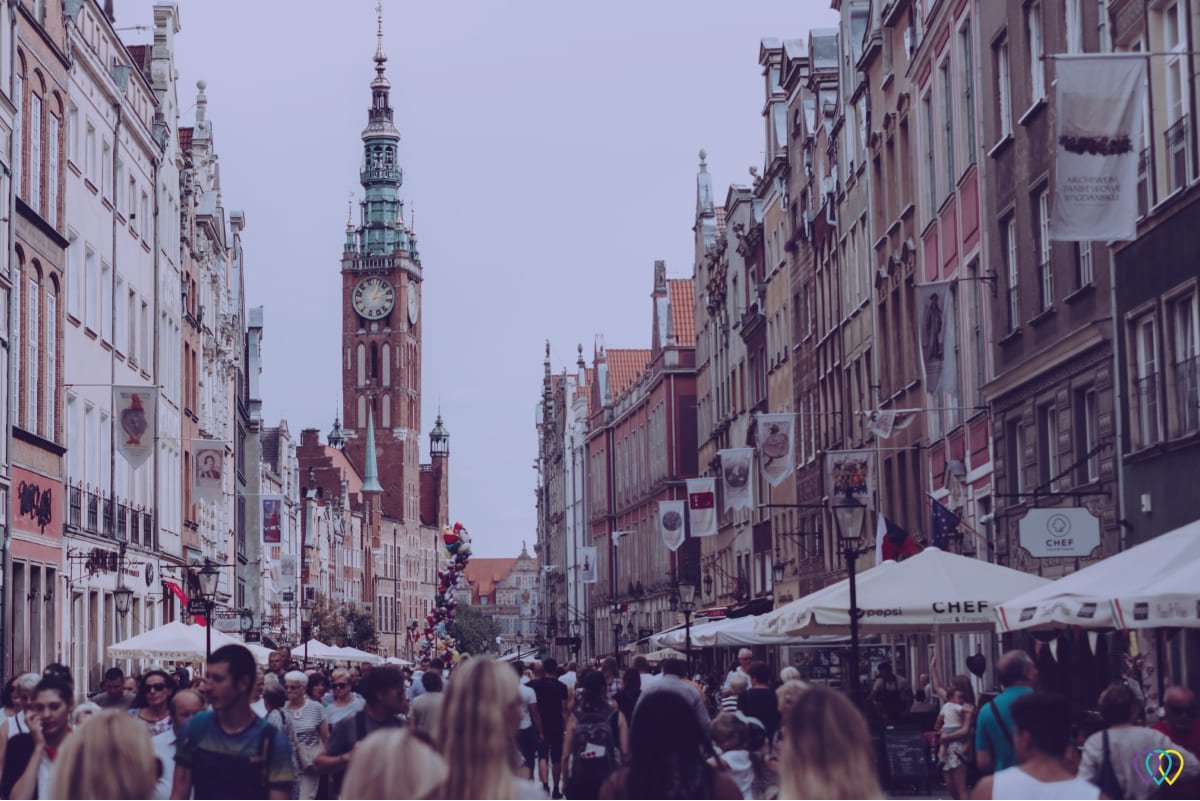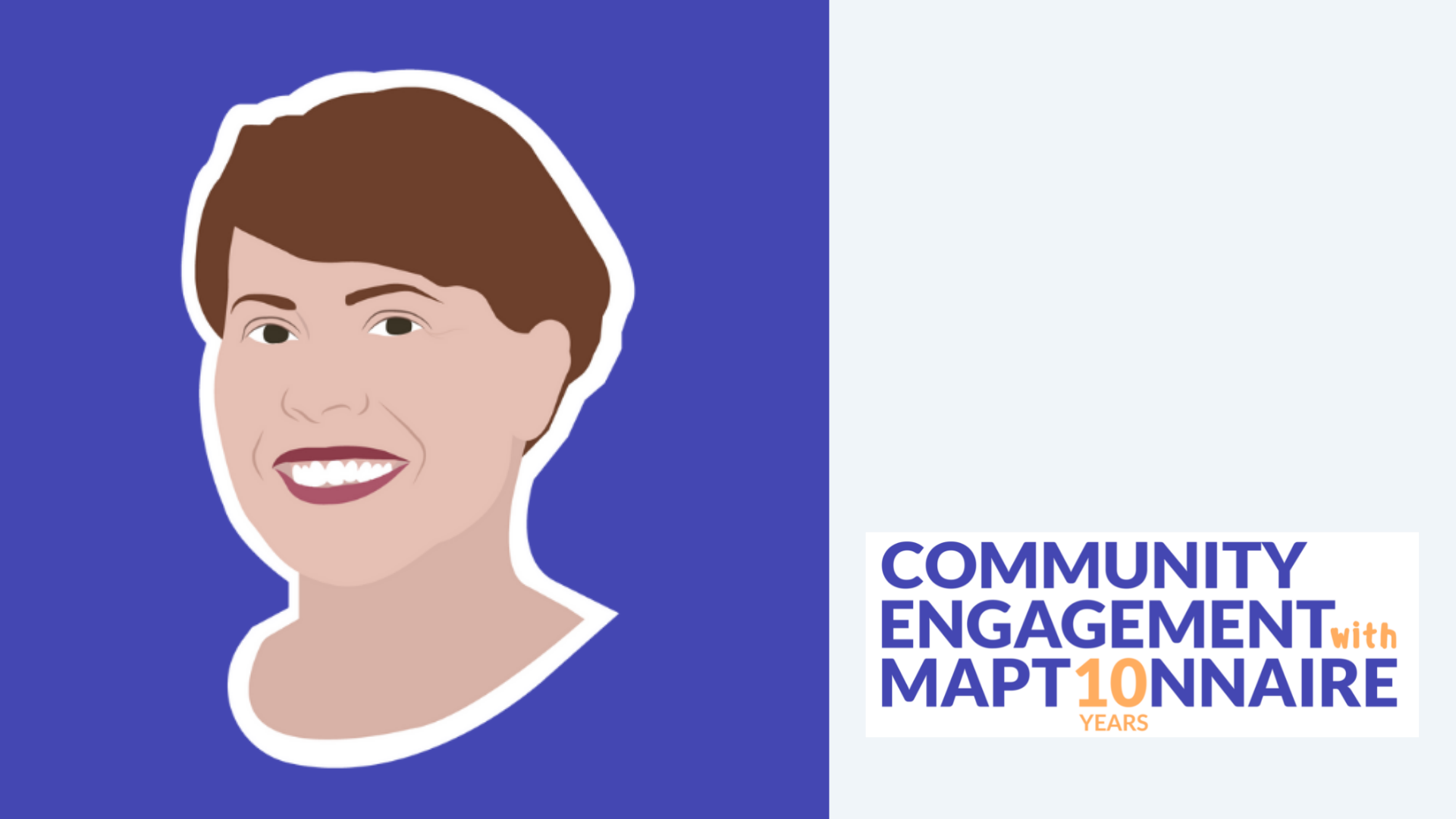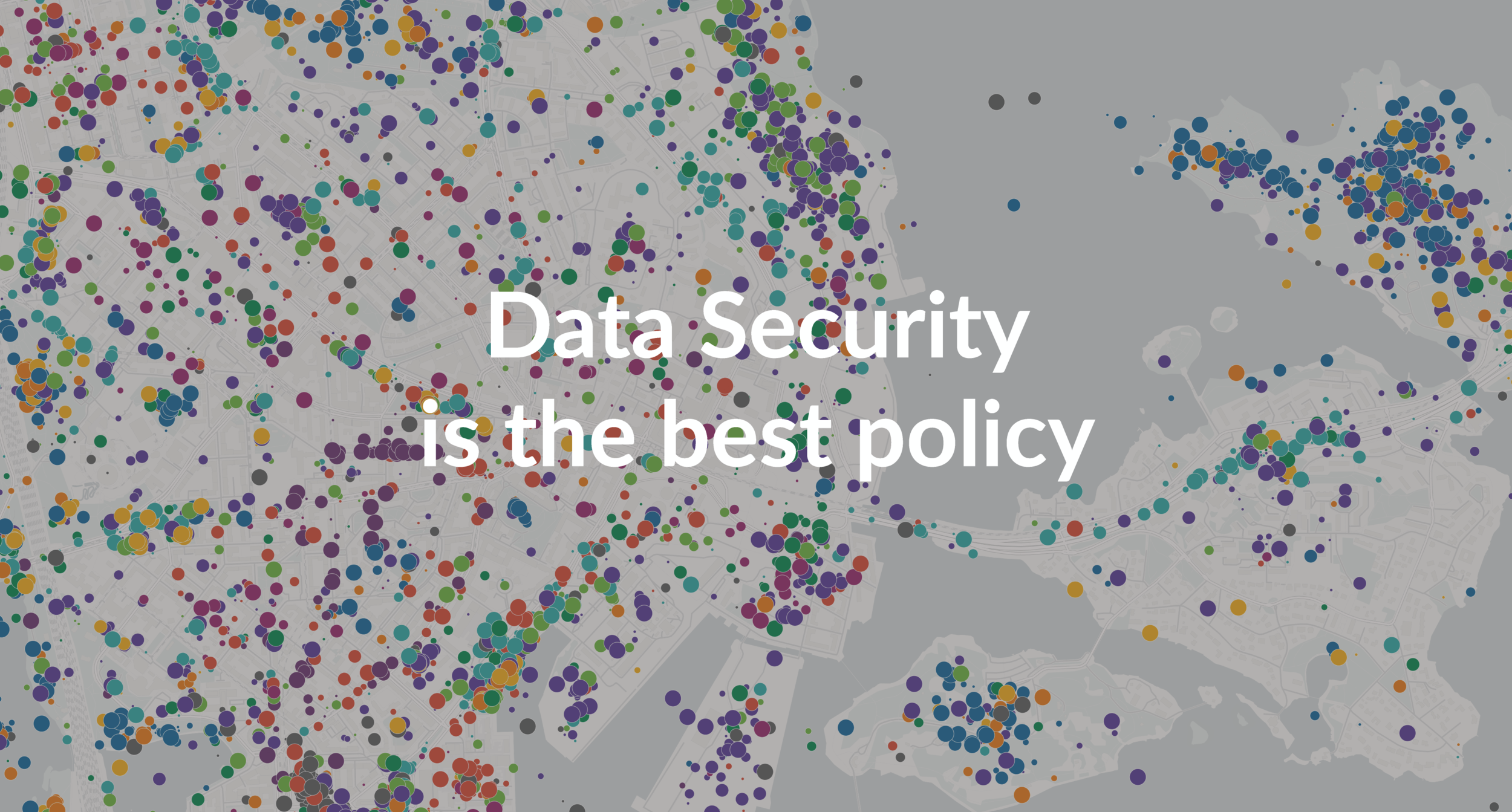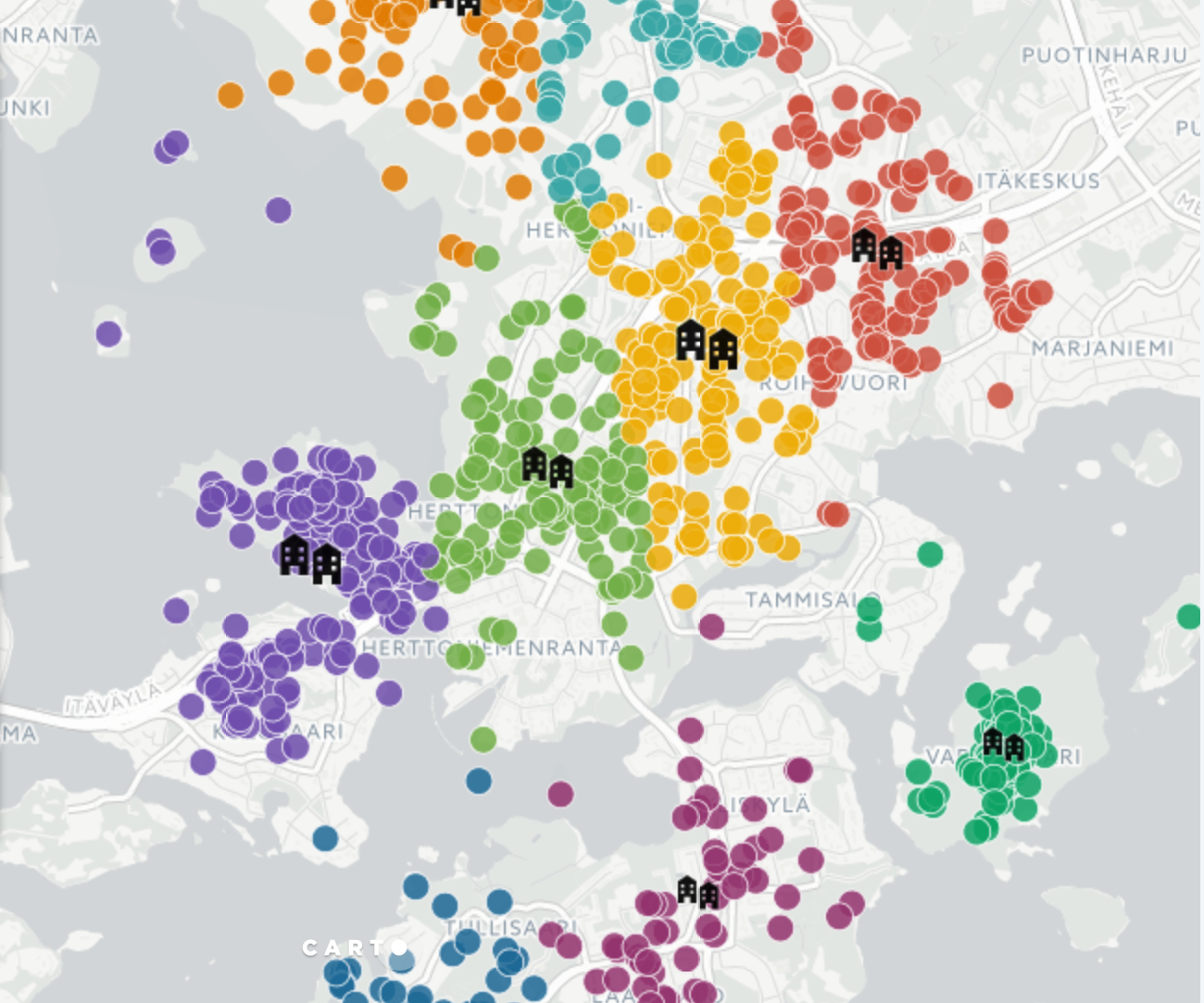Public participation is very important when it comes to built-heritage conservation. Celebrating its importance, as well as the European Year of Culture Heritage 2018, Europe Nostra has published “Heritage is Ours – Citizens Participating in Decision Making”. A book that presents inspiring practices and cases related to heritage participation. These crowdsourcing examples that come from all over Europe tell about citizens’ success on impacting cultural heritage decision-making processes.
One of the articles featured was written by our Development Director, Maarit Kahila, together with Marketta Kyttä and Pilvi Nummi. You can read it below.
Places as Assemblages of Meanings
Cultural heritage is an essential and evident part of our living environment. Where people live and move, it is virtually impossible to find places without traces of cultural heritage.
Cultural heritage can be broken down into tangible and intangible features.
- Tangible features cover historical buildings, old town blocks, agricultural landscapes, memorials, and so forth.
- Intangible features are the symbolic meanings, stories, experiences, and other memories that envelope the visible surroundings. Cultural heritage forms an essential part in the creation of unique places.
Places as assemblages comprise the various meanings people have applied to the same place at different times. In an optimal situation, the handprint of former generations intertwines with the contemporary living environment in a profound way.
In the era of accelerating urbanization, we tend to homogenize the local surroundings by diminishing the existing valuable features of cultural heritage. Urban planning that seeks answers to ever-growing cities should find new ways to support the development of local assemblages by confirming the uniqueness of places.
People’s memories are an important part of the history and identity of a place. Place-based memories, experiences, and opinions provide urban planners with important information that helps them to understand the meanings of places and to gain a sense of the place. In this article, we shed light on how the uniqueness of local assemblages could become more profoundly understood by giving people the opportunity to map their experiences of cultural meaningful environments.
Residents Identify Cultural Heritage Places
However, the process of identifying valuable cultural heritage sites is usually left to experts. Yet solely expert-based evaluations represent a traditional workflow that neglects the input of local people.
Resident insight should be valued alongside the expert analysis. Residents should share their experiences by identifying important new cultural heritage sites and by evaluating the already observed places. These experiences can either complement the existing database with stories and memories attached to places or provide information on new undiscovered places or buildings.

Public Participation GIS Tools for Mapping Cultural Heritage
The digital era has enabled the development of new public participation tools and methods. These tools can be roughly divided into ones that enable more effective communication (e.g. different social media tools), the gathering of information from people (e.g web questionnaires and GIS-based mapping tools), and joint design and planning activities (e.g. Geodesign).
When it comes to urban planning, these tools enable us to avoid pitfalls in the field of participatory urban planning. Map-based public participation tools (PPGIS) support valuable crowdsourcing information that makes cities wiser. Interaction with citizens not only creates information, but also supports learning and innovation, and instills trust.
Maptionnaire is an example of PPGIS that helps cities and other actors to collect, analyze and discuss resident insights into a map. During the last 15 years, cities have started to value and use resident input as an equally important part of their knowledge base for planning.
Interactive GIS-based mapping tools identify the invisible and hidden landscapes. A handful of PPGIS projects are also currently being carried out in the field of cultural heritage. In these projects, PPGIS has been used in three different ways:
- Allow residents to identify cultural heritage places,
- Allow residents to evaluate cultural heritage sites identified by experts, and
- Inform residents about cultural heritage.
PPGIS is widely used for engaging public in cultural heritage management and crouwdsorcing memories and ideas. Finnish Museum of Architecture has recently used Maptionnaire for its “New Standards” exhibition presented at La Biennale di Venezia. Below are more use-cases of community participation in heritage conservation.
Collecting place-besed memories in Nikkilä
The “Nikkilä Memories” project was initiated when the Finnish municipality of Sipoo wanted to increase appreciation of the surroundings, places and old buildings in their village of Nikkilä and to compile supplementary information for their cultural heritage investigation initiative.
Sipoo’s planners decided to use Instagram and Pinterest and our map-based questionnaire tool Maptionnaire to collect residents’ memories and assessments of culturally significant sites and buildings.
The Maptionnaire survey they designed allowed people to freely mark their memories or upload their own pictures of places on a map of Nikkilä as well as to learn about old buildings and cultural landscapes to assess their importance. Residents were eager to explore the already marked cultural heritage sites as they saw themselves as providing important input for the project through new markings and personal stories..
In total, the survey attracted approximately 200 residents to give their feedback. The gathered insight has been used to give exposure to historic buildings and cultural landscapes in the village and as background information in future development work in the village. The memories and photos from Nikkilä will also be published in a book.
Hanko of Memories and Dreams
The “Hanko of Memories and Dreams” project was implemented as part of an “Academy of Finland”- funded project called CODSGI (Co-Design of Digital Storytelling System with Geographic Information). It was among the very first projects where PPGIS tools were developed to capture the stories and memories from Hanko’s past. As well as the opportunity to mark their written memories and stories on the map, residents were able to leave photos and voice recordings.
Transforming Cultural Heritage with Public Participation in Finland and Norway
In Finland and Norway, two old psychiatric hospital areas were studies using PPGIS. Metropolia Applied Sciences University in Helsinki developed local welfare concept for the old Lapinlahti Hospital site by allowing people to map their current usage as well as new ideas.
The project in Norway, called Asker, aimed to transform the existing Dikemark cultural heritage site because the former hospital functions provided scope for the development of a vibrant place where local people could be housed. PPGIS was used as a part of a co-designing process which eventually resulted in an in-depth guidance report for the local authorities.
Map-based tools for cultural heritage management
The results of these projects show that a map-based questionnaire is a functional tool for collecting place-based memories, ideas, and stories. In addition, such tools are a practical way to disseminate valuable knowledge among the local community.
PPGIS is also scalable as it can extend from single blocks to whole cities. In the future, it would be fruitful to examine how the results have been taken into account in the planning process.
We argue that, instead of monumentalizing cultural heritage, we need to create tangible and intangible solutions that support the identification and strengthening of the local, unique features of particular places.


The “Hanko of memories and dreams” questionnaire was implemented with Maptionnaire to collect personal stories, pictures and voice recording from Hanko. In the survey, respondents were also encouraged to share their ideas on how to develop Hanko in the future.
Authors:
Maarit Kahila-Tani – maarit.kahila@mapita.fi
Marketta Kyttä – marketta.kytta@aalto.fi
Pilvi Nummi – pilvi.nummi@aalto.fi
Source: Europanostra.fi. (2018). Heritage Is Ours – Citizens Participating in Decision Making. Youtube Channel “Heritage Is Ours.”







.webp)

.jpeg)
-min.jpeg)
.jpg)




















.jpeg)
























.jpeg)


.jpeg)










.jpeg)
.jpeg)
.jpeg)




.jpeg)









